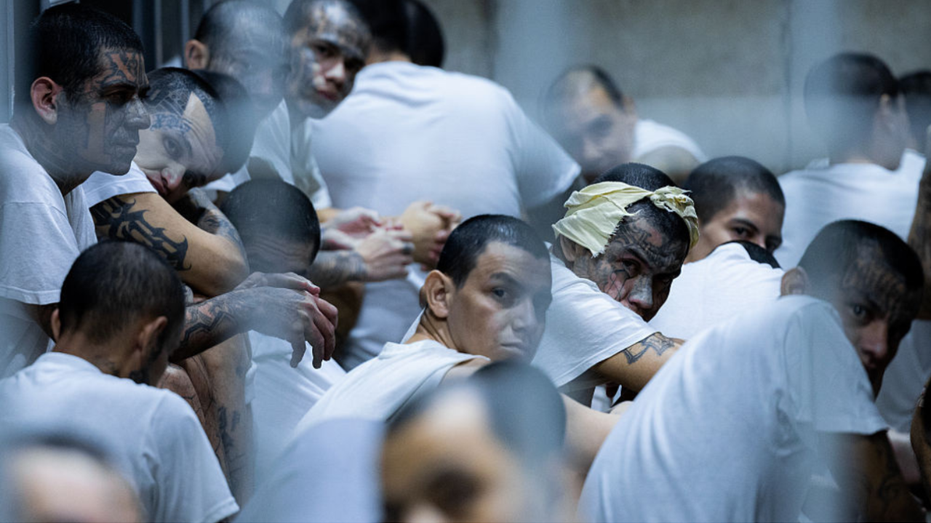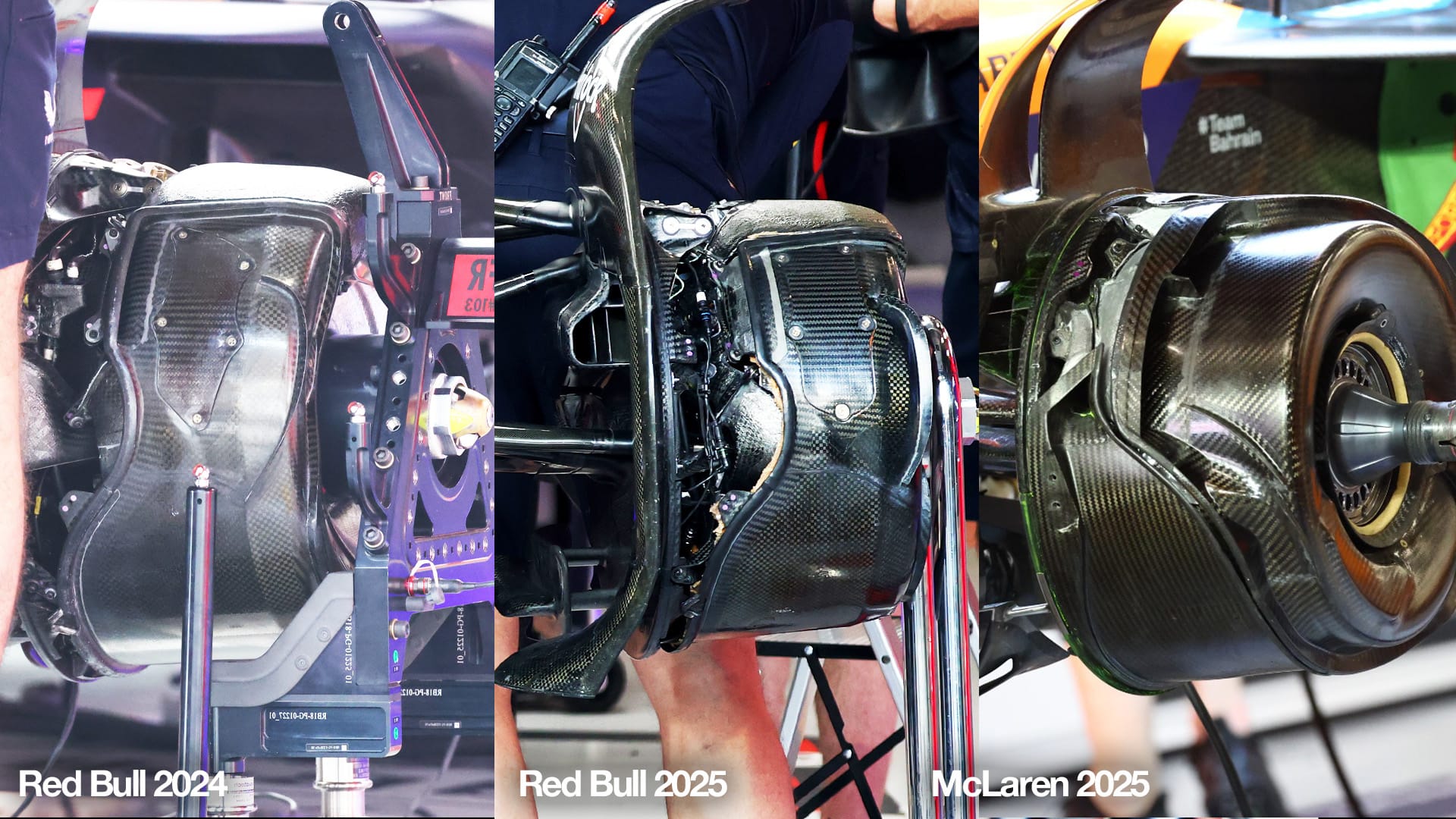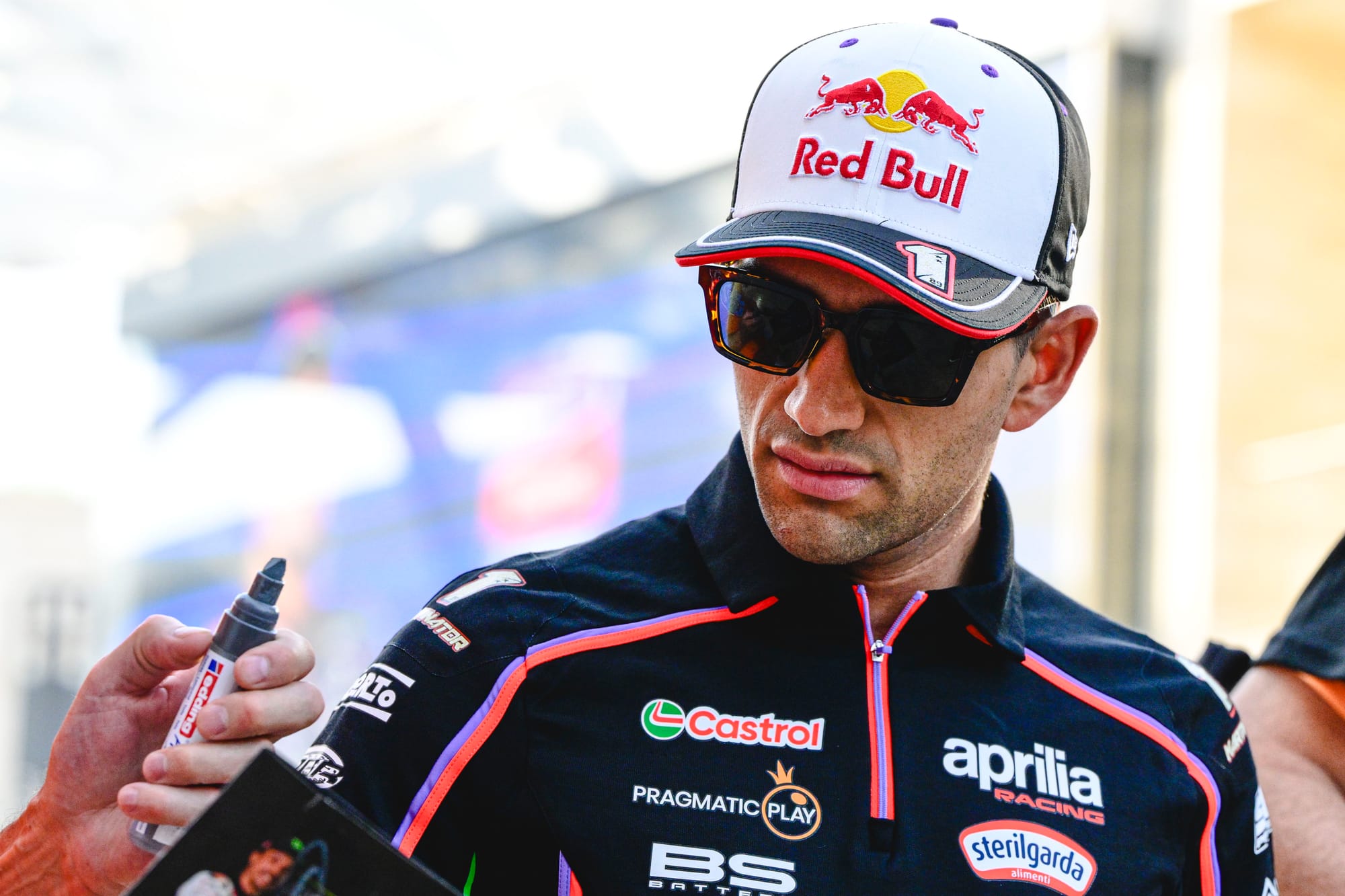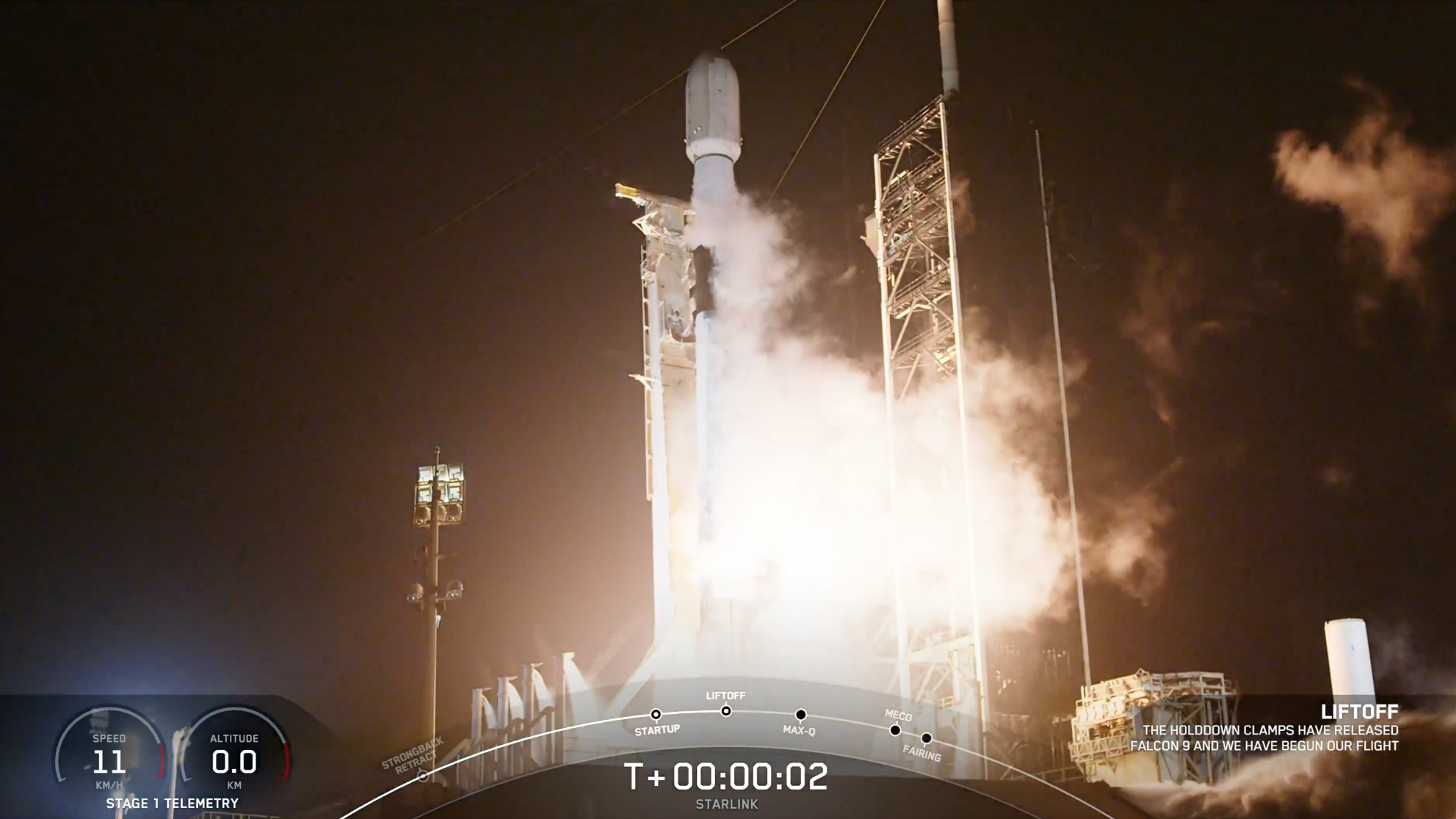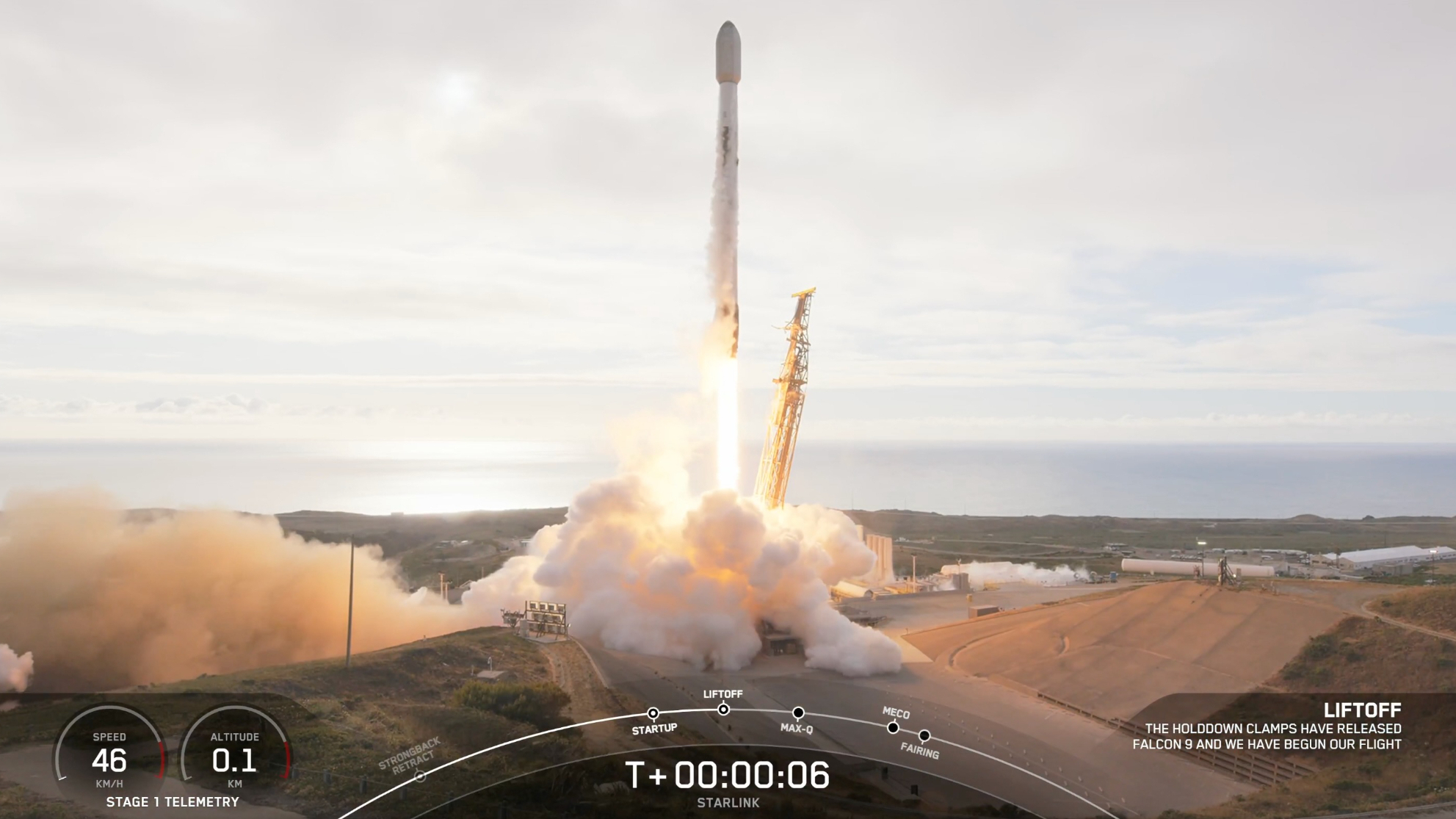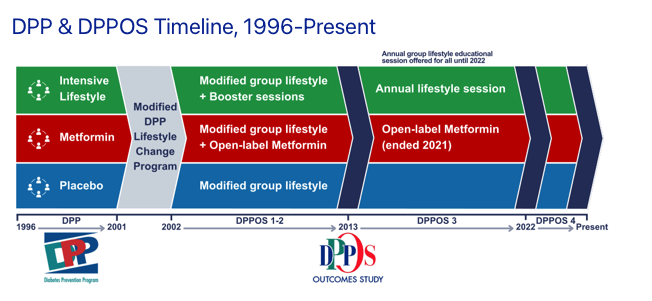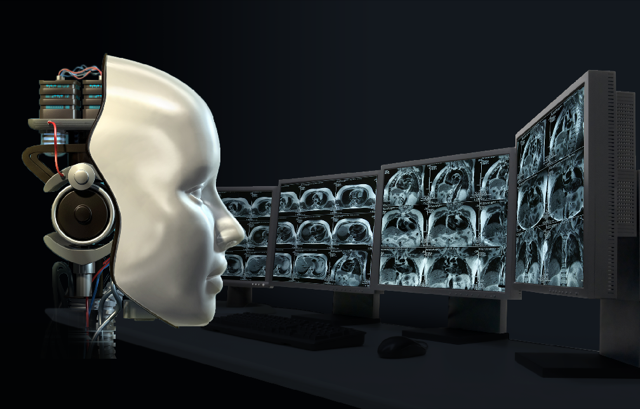Diploma of Anaesthetic Technology: A Pathway to a Critical Role in Perioperative Care
The Diploma of Anaesthetic Technology is a specialised vocational qualification designed to equip learners with the technical skills and clinical knowledge required to work alongside anaesthetists in surgical and medical environments

The Diploma of Anaesthetic Technology is a specialised vocational qualification designed to equip learners with the technical skills and clinical knowledge required to work alongside anaesthetists in surgical and medical environments. Anaesthetic technicians play a vital role in ensuring safe, effective, and responsive patient care before, during, and after surgical procedures.
As the healthcare sector grows and surgery becomes increasingly complex, trained anaesthetic technicians are in high demand across Australia. This diploma is not only a gateway to a highly skilled job but also a foundational stepping stone to broader healthcare careers.
What Is Anaesthetic Technology?
Anaesthetic technology involves the preparation, management, and monitoring of equipment and medications used to support anaesthesia during surgical procedures. Anaesthetic technicians (also known as operating theatre technicians in some settings) are key members of the perioperative team, working under the supervision of anaesthetists and supporting patient safety in high-pressure environments.
Their responsibilities include:
-
Preparing and checking anaesthetic machines and equipment
-
Monitoring patients during surgery
-
Assisting with airway management and drug administration
-
Responding to emergency situations during anaesthesia
Course Overview: Diploma of Anaesthetic Technology
The Diploma of Anaesthetic Technology is a nationally recognised qualification in Australia. It is designed for those who wish to work in hospitals, day surgeries, and other clinical settings that require perioperative support services.
Typical Qualification Title
-
Diploma of Anaesthetic Technology
-
National Code: While the specific code can vary based on curriculum updates, the most recent version has been HLT57921.
Duration
-
18 to 24 months (full-time)
-
Longer duration may apply for part-time or workplace-based learners
Mode of Delivery
-
Classroom-based theory
-
Simulated labs
-
Clinical placements in hospitals or surgical centres
Entry Requirements
While entry requirements vary by institution, typical prerequisites include:
-
Completion of Year 12 (or equivalent)
-
Working With Children Check and National Police Clearance
-
Up-to-date vaccinations (as per state health regulations)
-
Basic health knowledge or prior healthcare experience (advantageous but not mandatory)
Some providers may require students to demonstrate English language proficiency, particularly for international students.
Core Units of Competency
The Diploma of Anaesthetic Technology includes a range of core and elective units focusing on both clinical and technical skills. While the exact units may vary by provider, key competencies generally include:
-
HLTANA005 – Maintain quality and safety in anaesthetic practice
-
HLTANA006 – Assist in the preparation and administration of anaesthetic agents
-
HLTANA007 – Monitor anaesthesia and respond to patient needs
-
HLTAID011 – Provide First Aid
-
HLTWHS004 – Manage work health and safety
-
HLTINF006 – Apply principles of infection prevention and control
-
HLTSTE003 – Sterilise loads
-
CHCCOM005 – Communicate effectively in health or community services
These units are designed to build both the technical proficiency and clinical judgment required in anaesthetic settings.
Work Placement / Clinical Practicum
A critical component of the diploma is clinical placement, where students work in real hospital operating theatres under supervision. These placements help students:
-
Apply theoretical knowledge in live settings
-
Learn how to manage surgical environments
-
Interact with multidisciplinary teams
-
Understand emergency protocols and patient care ethics
Minimum hours: Clinical placements generally require 300–600 hours, depending on provider requirements.
Skills Gained Through the Diploma
Graduates of the Diploma of Anaesthetic Technology gain a wide range of practical and professional skills, including:
-
Preparing anaesthetic equipment and monitoring tools
-
Assisting anaesthetists in procedures and emergencies
-
Monitoring patient vitals during and after anaesthesia
-
Infection control and sterilisation procedures
-
Accurate documentation and communication within a medical team
-
Understanding of pharmacology and anaesthetic drugs
-
Upholding ethical, legal, and workplace safety standards
Career Outcomes
Graduates of the Diploma of Anaesthetic Technology are qualified to work as:
-
Anaesthetic Technician
-
Operating Theatre Technician
-
Perioperative Support Assistant
-
Anaesthetic Assistant
These professionals are employed in:
-
Public and private hospitals
-
Day procedure centres
-
Surgical clinics
-
Defence health services
-
International medical support organisations (e.g., humanitarian aid)
Industry Demand and Employment Outlook
The demand for qualified anaesthetic technicians continues to rise due to:
-
Increased numbers of elective surgeries
-
Technological advancement in perioperative care
-
Growing emphasis on multidisciplinary healthcare teams
-
A shift toward outpatient and minimally invasive surgeries
According to Labour Market Insights, healthcare and social assistance remains Australia’s largest and fastest-growing employment sector. Anaesthetic technology is a niche yet vital area within this landscape, offering both job security and professional development opportunities.
Pathways to Further Study
The Diploma of Anaesthetic Technology can be a pathway to further study in:
-
Bachelor of Nursing
-
Bachelor of Paramedicine
-
Bachelor of Health Science
-
Advanced diplomas or post-diploma certifications in perioperative care
It can also support career transitions into roles such as:
-
Clinical educator
-
Theatre manager
-
Research technician
Some universities may offer credit or recognition of prior learning (RPL) for graduates wishing to articulate into higher education.
Why Choose This Course?
Here’s why students and RTOs should consider the Diploma of Anaesthetic Technology:
For Students:
-
In-demand career with national recognition
-
Hands-on learning with real hospital experience
-
Opportunities to work in high-tech, fast-paced medical environments
-
Competitive salary and clear career pathways
For RTOs:
-
Fills a high-demand training niche in healthcare
-
Aligns with hospital partnerships and clinical education needs
-
Offers professional credibility and brand differentiation
-
Potential for government funding or traineeship programs
Conclusion
The Diploma of Anaesthetic Technology is an intensive, highly practical course that prepares students for a rewarding career at the heart of surgical and medical procedures. As demand for perioperative support grows, RTOs that offer this nationally recognised qualification play a pivotal role in supplying Australia’s hospitals with well-trained, job-ready professionals.
For students, this diploma offers a direct path into a challenging and respected healthcare career with room for growth, leadership, and lifelong learning. For RTOs, it represents an opportunity to align with industry demand and deliver impactful, outcomes-focused education.

